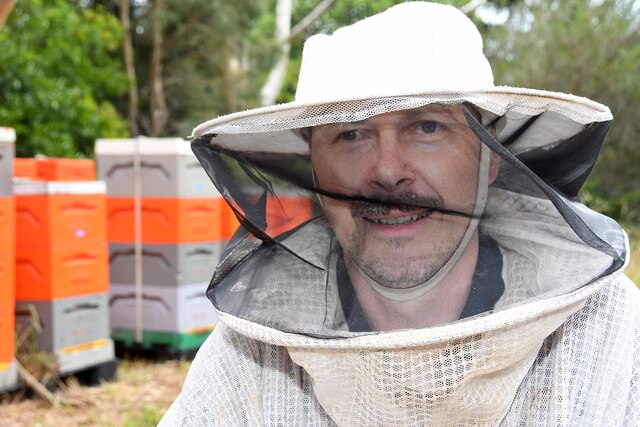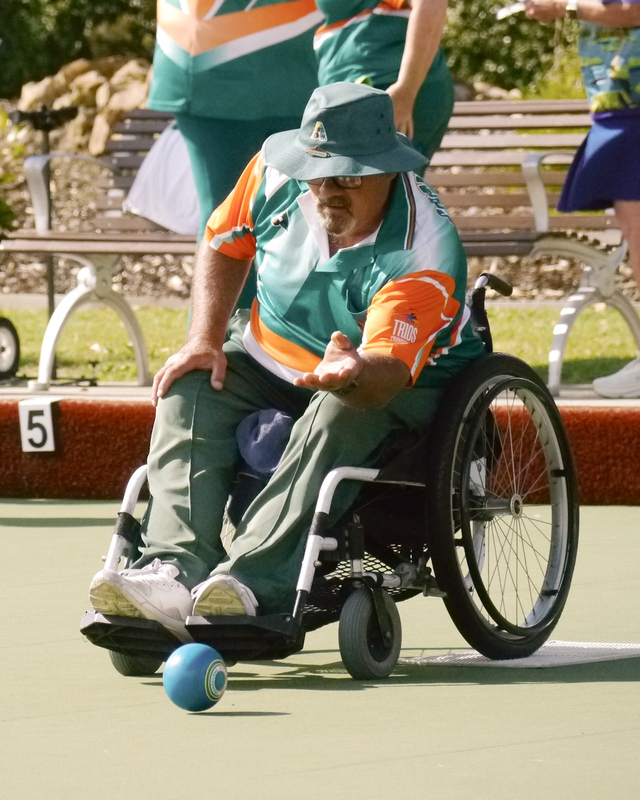In a dire warning on the housing crisis, Casey has reportedly topped the state for growing numbers of the ‘working homeless’.
In 2022-23, there were 641 homeless clients in Casey who were employed – up 9 per cent from the year before, a Council to Homeless Persons new report stated.
Of them, the vast majority – 502 – were women (78 per cent).
Shari McPhail, general manager at South East homelessness service Wayss, said “working poor” families with dual incomes were even under threat by skyrocketing rents and unmanageable costs of living.
“Historically this has not been a group of people who have sought our services, and we are concerned about this trend.
“Employment is no longer the safety net it once was.
“We are seeing first-hand (in Dandenong, Cardinia and Casey) how the system is buckling – there is an urgent need for action.”
Wayss chief executive Wayne Merritt said the causes and solutions of homelessness were complex but it was “unconscionable not to act”.
“There is an extremely urgent need to increase short term support to help people at risk of homelessness, and long-term solutions for people locked in a cycle of homelessness.
“We need more housing, and we need to action income support reform to those on the lowest incomes.”
Community Information & Support Cranbourne executive director Leanne Petrides said the situation was “dire”.
“Without massive government funding into crisis and social housing … it is only going to get worse.”
Since January, CISC has provided information and referrals to more than 1100 people in need of housing support.
More than 60 per cent were women, as well as growing numbers of people over 60 years of age, people who are employed and people coming for support for their first time.
“More people are struggling with rising costs of essential items – food and petrol, while also trying to keep up with increasing rent or mortgage payments.
“People are skipping car and other loan repayments, using Buy Now, Pay Later (BNPL) schemes, and multiple credit cards to try to keep their heads above water.
“Some people have no recourse but to sell their homes, and end up with no assets, and nowhere to move to due to the ever shrinking and highly expensive rental market.”
Wellsprings for Women, which provides housing support especially to women impacted by family violence, received 86 housing referrals in the past 10 months.
“We know the current economic crisis is impacting women even if they are employed,” Wellsprings chief executive Dalal Smiley said.
“They are either working in low paid industries or casual work or are underemployed.
“The ones looking for somewhere to live face difficulties due to a lack of rental history.
“Or for some involved in child protection orders – they face challenges finding an affordable property that meets the required number of bedrooms required by the department.”
Increased rents have played a major role, Ms Smiley said.
“We should look for examples from around the world and be more creative with the way we increase housing options.”
South East Community Links chief executive Peter McNamara said the service was seeing a “bleak picture where even people with jobs are not immune to the threat of homelessness”.
They’ve seen a 70 per cent rise in employed people who were seeking homelessness assistance.
The shortage of affordable rentals, especially in the South East, was “exacerbating the homelessness crisis”, he said.
An Anglicare Rental Affordability Snapshot 2024 report found just 28 rental properties across Melbourne for households on income support.
Just one of them was located in Greater Dandenong.
For households on a minimum wage, there were depleting stocks of affordable homes in the South East – 95 in Casey (down from 176 in 2023) and 38 in Cardinia (down from 104).
Both areas are still rated in the top 10 of the most affordable properties in metropolitan Melbourne.
Growing legions of the ‘working homeless’ were found across most council areas in Victoria.
The next highest tallies were mainly outer-suburban and regional areas Wyndham (624), Greater Geelong (535), Greater Bendigo (479) and in neighbouring Greater Dandenong (452).
CHG found that across Victoria, more than 12,100 employed people sought homelessness support.
They make up one in eight of homelessness service clients.
In its report, CRP called on state and federal governments to support more renters in avoiding eviction with the Private Rental Assistance Program.
It also called for 6000 more public and community homes in the next 10 years.
Victorians had the worst access to social housing in the country, which was leading to women and children experiencing family violence waiting an average of two years for community housing, CRP stated.







